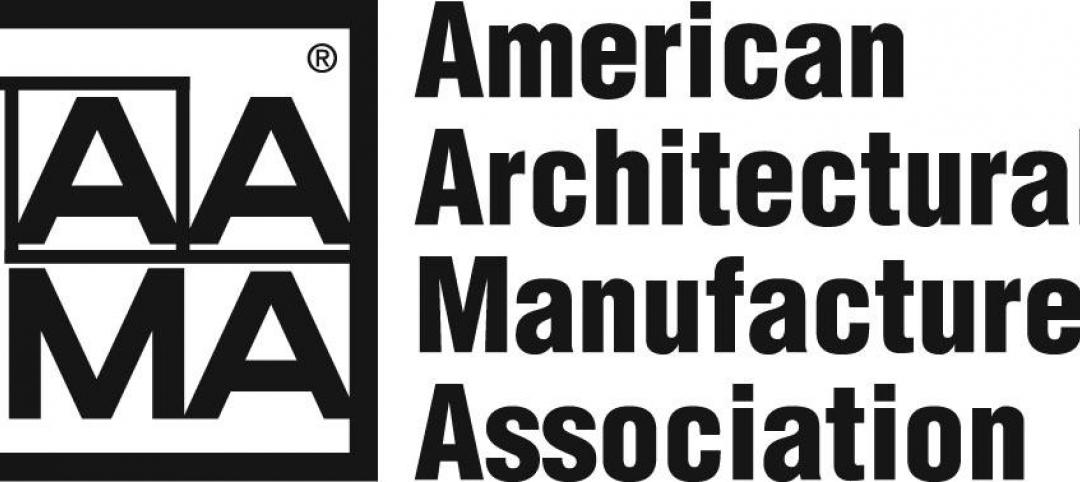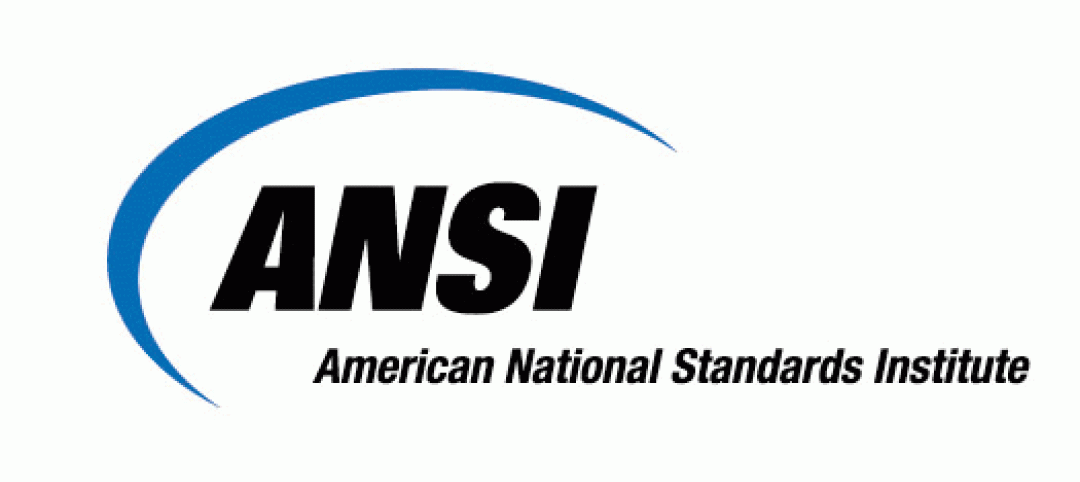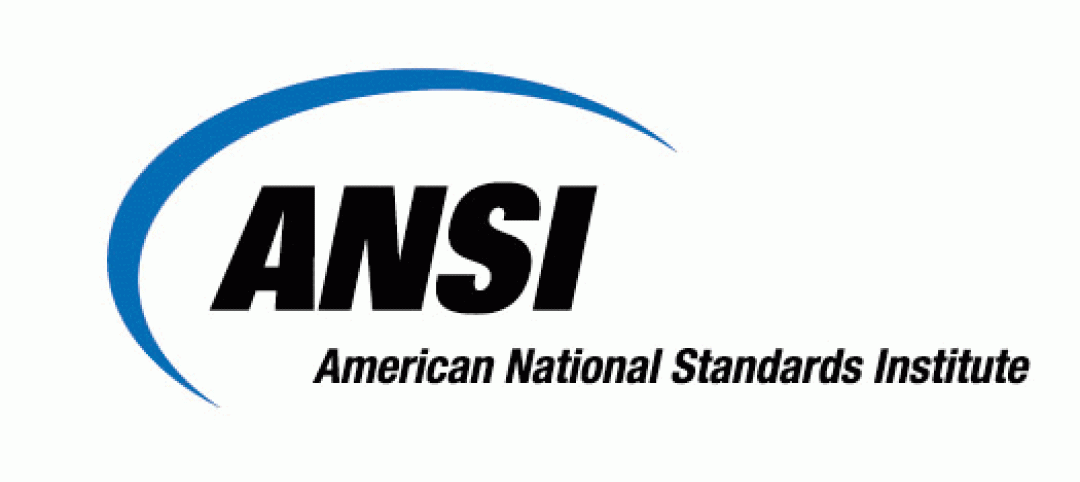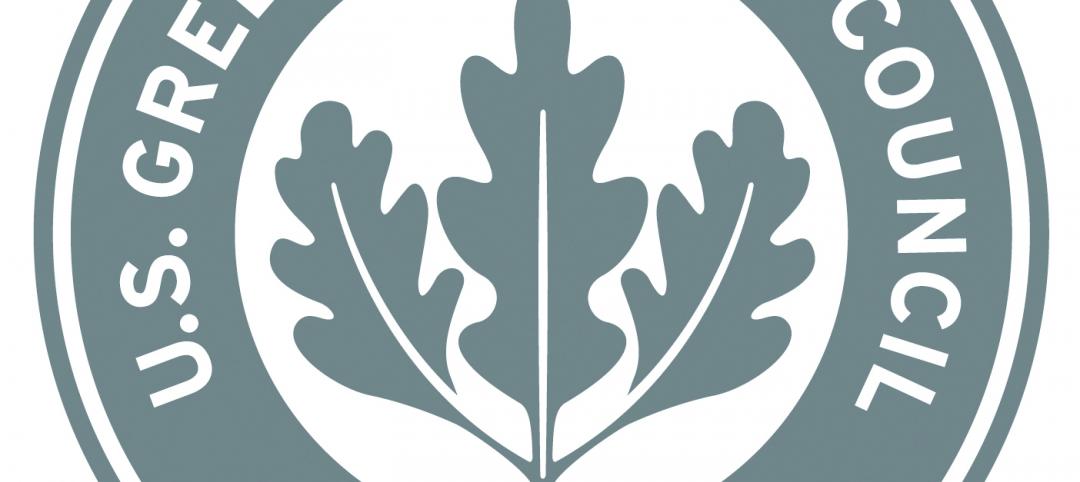The Bullitt Center in Seattle, which some say is the world's "most efficient" office building is not only influencing how other structures are built, it is contributing to revisions of codes and public policy.
The building’s design was made possible by Seattle’s Deep Green Pilot Program that allows builders to deviate from standard codes to build more sustainably. For example, the building was allowed to add two to three feet to the height of each floor to allow more daylighting. Neighbors objected to the additional 10 feet in overall building height, but the program permitted the non-conforming design.
Some of the building’s code deviations have been incorporated into the city code. For instance, the city council and the mayor had to approve changes to the building code to allow permits for “sustainability features.” This move allows the building’s solar canopy to extend all the way to the property line.
Bullitt Foundation, the environmental group that owns the building, recently signed a first-in-the-nation agreement with the local utility that will allow the foundation to sell Seattle City Light the energy it is saving or “negawatts.” The arrangement, known as MEETS (metered energy efficiency transaction structure) could be a pioneer in drawing investment funds to energy-efficiency projects.
Bullitt is also seeking final approvals from the county and state to turn the building into its own water district. That designation would allow tenants to drink rainwater collected on site and treated in the building’s basement.
(http://grist.org/business-technology/how-one-building-is-changing-the-world/)
Related Stories
| Nov 16, 2012
AAMA publishes quality assurance guidelines for Polyamide Thermal Barriers
The American Architectural Manufacturers Association (AAMA) has published QAG-2-12, Voluntary Quality Assurance Processing Guide for Polyamide Thermal Barriers.
| Nov 16, 2012
New ANSI/BIFMA standards developed for educational seating
The American National Standards Institute (ANSI) has approved the newly developed safety and performance standard for educational seating: ANSI/BIFMA X6.1-2012—the first of its kind.
| Nov 16, 2012
Green building councils in 62 countries expect 60% of their work to be green by 2015
More than half of the respondents to a survey of members of the Green Building Council in 62 countries expect green projects to comprise 60% of their work by 2015.
| Nov 16, 2012
Voters approve fewer construction ballot measures in 2012 than in 2008
Voters passed fewer ballot measures related to construction projects this year than they did in 2008, according to an analysis by the Associated General Contractors of America.
| Nov 9, 2012
New ANSI/BIFMA standard adds point for lower formaldehyde emissions
The ANSI/BIFMA e3-2012 Furniture Sustainability Standard now includes an additional point for furniture products that meet a new, lower formaldehyde emissions limit.
| Nov 9, 2012
Higher bar on LEED may not be harder to reach
The U.S. Green Building Council expects to substantially revise LEED next year, requiring builders beginning in 2015 to take new and more-detailed steps to get buildings certified.
| Nov 9, 2012
CSI’s sustainability practice group offers webinar on EPA's WaterSense Program
The Construction Specification Institute’s sustainability practice group is offering a webinar Nov. 20 on EPA’s WaterSense Program, featuring Lynn Gilleland, drinking water specialist with EPA’s New England office.
| Nov 9, 2012
Mayor in Calif. wants to expedite permits for $1B worth of projects
The mayor of San Jose, Calif., plans to issue new construction permits worth an estimated $1 billion in the next six months to spur job creation and create revenue for the city.
| Nov 9, 2012
Jury awards N.Y. roofer $2 million for injuries after construction site fall
A roofing worker from Cortland County, N.Y., has been awarded $2 million in damages due to the injuries he sustained from a 60-foot fall at a dormitory construction site.
















